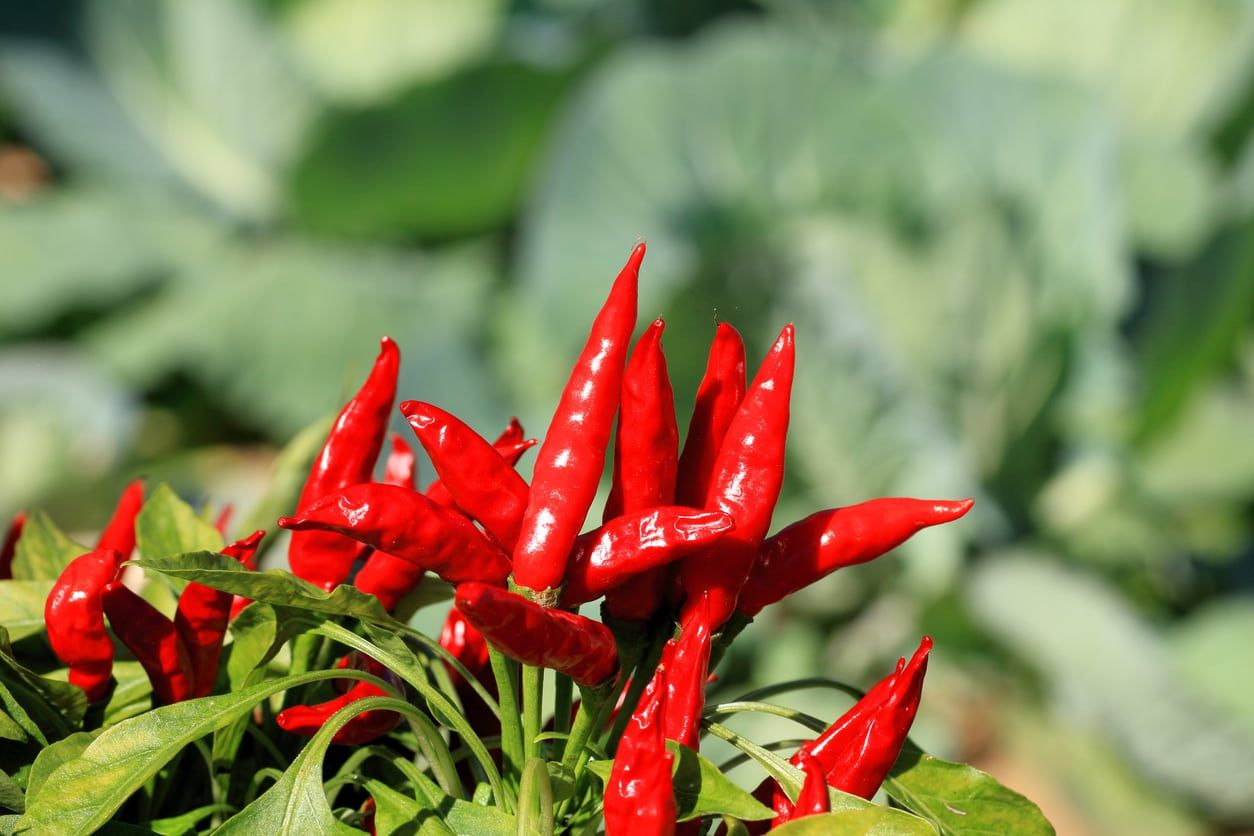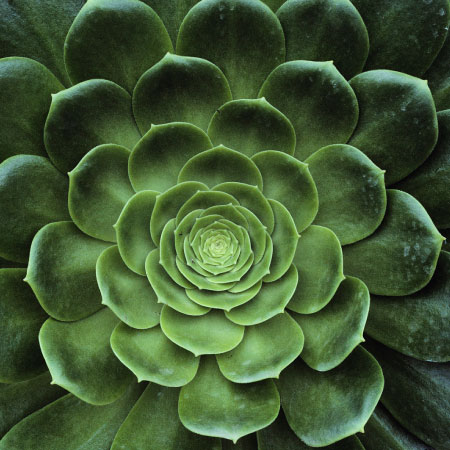Takanotsume Pepper Info: How To Grow Hawk Claw Chili Peppers


What is a hawk claw pepper? Hawk claw chili peppers, known as Takanotsume chili peppers in Japan, are claw-shaped, intensely hot, bright red peppers. Hawk claw peppers were introduced to Japan by the Portuguese in the 1800s. Looking for more Takanotsume pepper information? Read on and we’ll provide information about growing hawk claw chili peppers in your garden.
Takanotsume Pepper Info
When these chili peppers are young and green, they are often used for cooking. The ripe, red peppers are generally dried and used to spice up a variety of dishes. Hawk claw chili peppers grow on bushy plants that reach heights of about 24 inches (61 cm.). The plant is attractive and its compact growth is well suited for containers.
How to Grow Hawk Claw Chili Peppers
Plant seeds indoors in January or February, or start with small plants from a greenhouse or nursery. You can then plant the chili peppers outdoors after all danger of frost has passed in spring. If you’re short on space, you can grow them in a sunny indoor location. A 5-gallon (19 L.) pot works well for Takanotsume chili peppers. Fill the container with a good quality potting mix. Outdoors, Hawk Claw peppers need well-drained soil and at least six hours of sunlight per day. Pinch the growing tips of young plants when they’re about 6 inches tall (15 cm.) to produce fuller, bushier plants. Remove early blooms from small plants, as these draw energy from the plant. Water regularly, but don’t overdo, as overwatering invites mildew, rot and other diseases. As a general rule, chili peppers perform best when the soil is slightly on the dry side, but never bone dry. A thick layer of mulch will suppress weeds and conserve moisture. Feed Hawk Claw chili peppers weekly once fruit has set, using a fertilizer with an NPK ratio of 5-10-10. Tomato fertilizer also works well for chili peppers. Watch for pests such as aphids or spider mites. Harvest Takanotsume chili peppers before the first frost in autumn. If necessary, harvest the peppers and let them ripen indoors, in a warm, sunny spot.
Gardening tips, videos, info and more delivered right to your inbox!
Sign up for the Gardening Know How newsletter today and receive a free copy of our e-book "How to Grow Delicious Tomatoes".

A Credentialed Garden Writer, Mary H. Dyer was with Gardening Know How in the very beginning, publishing articles as early as 2007.
-
 Why Are My Seedlings Wilting? 6 Common Causes – And How To Save Them
Why Are My Seedlings Wilting? 6 Common Causes – And How To Save ThemWilted seedlings are a definite sign that something is not right. Learn how to diagnose the problem and bring baby plants back from the brink.
By Teo Spengler
-
 Bugged About Strawberry Pests? 6 Common Pests, Plus How To Protect Your Precious Strawbs
Bugged About Strawberry Pests? 6 Common Pests, Plus How To Protect Your Precious StrawbsStrawberry plants looking a little under the weather and not sure why? Check to make sure they haven’t come a-cropper to one of these classic strawberry pests
By Tonya Barnett